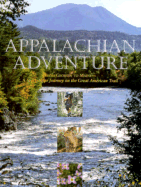
Anyhow, I even bring it up because to celebrate the 20th anniversary of our joint adventure, many of us fortunate enough to be paid to go hiking back in the day got together last week at Harpers Ferry to remember, walk, visit with the people at the Appalachian Trail Conference, and eat and drink, as you do. We had a large time.
The photographers all talked about souping film in hotel room sinks or dropping it off at Walmart, then picking up the negatives and using scanners to ship chosen images to photo editors. Reporters recall using early laptops like the Toshiba T1000 (a svelte 9 pounds!) and wiggling telephone plugs to make decent connections to download stories to the editor. We all had drivers who would pick up our stuff and drive it along to our next weekly stops. The News & Observer even had a telephone service by which I put tape-recorded sounds (hiking, interviews, even playing the recorder I think) onto a system readers could dial in and hear. Quel interactive! I even carried a camera for a local TV station on our first trip, which meant bringing back a camera, having them look at the video, setting it up, and then interviewing me in a local park while they showed the video. I had to comment on it without watching, because having me and the anchors see the video at the same time was just too crazy.
It's all obviously different now. I live-stream with Periscope, share photos instantly with Instagram, automatically update pages on Facebook and Twitter, and carry nothing heavier than a tablet that weighs less than a pound, though even then I rarely use it -- I carry my phone, a Bluetooth keyboard, and a set of lenses that stick to the phone, and I'm prepared to shoot, edit, produce, upload, and instantly publish words, images, sounds, and video. I joke that like Lawson I'm hiking from wifi hotspot to wifi hotspot, but the reality is I'm doing journalism in a way that wasn't even possible a few years ago.
On the other hand, the journalism itself hasn't changed, and we should all remind ourselves of that. My job is still to tell the story as clearly and honestly as possible. I still need to get my facts and names straight, still need to tell a story somebody wants to read, watch, or listen to, still need to respect my story, my sources, and my medium. If my stories CAN go up faster, that doesn't mean they DO or they SHOULD. Sometimes I blog while I'm on the trail, but I found out early on that blogging daily was more than people wanted to know, so I blog only a couple times a week while I'm traveling, and sometimes less than that while off the trail. More than, say, 4 Instagram images a day is just overkill, so I very rarely do that (and when I do I am usually wrong for doing it).
When we did Appalachian Adventure, all five papers got together and set up a loose agreement on topics for each week's story -- that is, I wasn't just hiking: I was hiking and thinking about geology, and I was presumed to have done s bit of research before leaving home. That way we avoided 32 weeks of "Woohoo, look at me! Here I am on the Appalachian Trail!" and made sure certain pieces of information we needed to get in there got in.
I've done much the same. Whether it's maps or wayfinding or Native Americans or the French Huguenots or the swamps or the plants or old roads or Lawson's background or his technology or anything else, I did research before leaving, I try to drag interesting people onto the trail with me, and I try to avoid too much "Woohoo! Look at me! I'm on Lawson's Trail!" Now as then, the most interesting things to write about are the people I meet. Now as then, I am enormously behind in telling you things I haven't got around to telling you yet. Now as then, I'm the storyteller -- and the narrator. I'm your eyes and ears, bringing you to the story. I'm not the story. I forget that at my own peril.
Anyhow. It was a treat to see a bunch of wonderful journalists 20 years after we did something of which I'm still very proud. I'm still pretty impressed that they even let me hang around with them back then. And I'm hoping one or more of them will join me on the Lawson Trek before all is said and done. I'm grateful for all I learned from them, and I'm grateful to be on the trail again.
As Lawson would have said had he had the reason and the capacity, stay tuned.
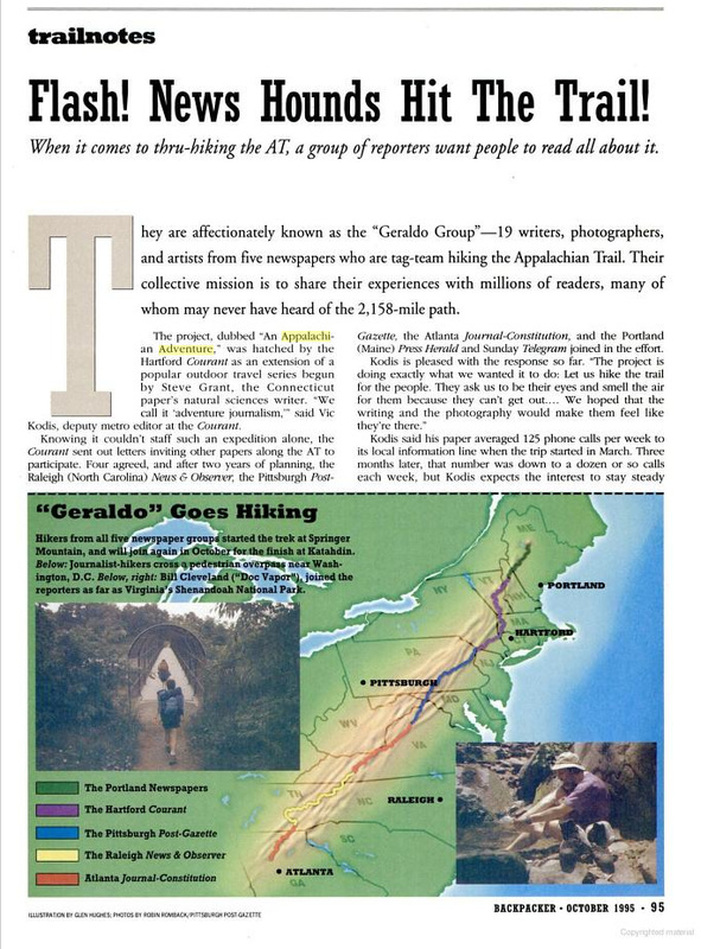
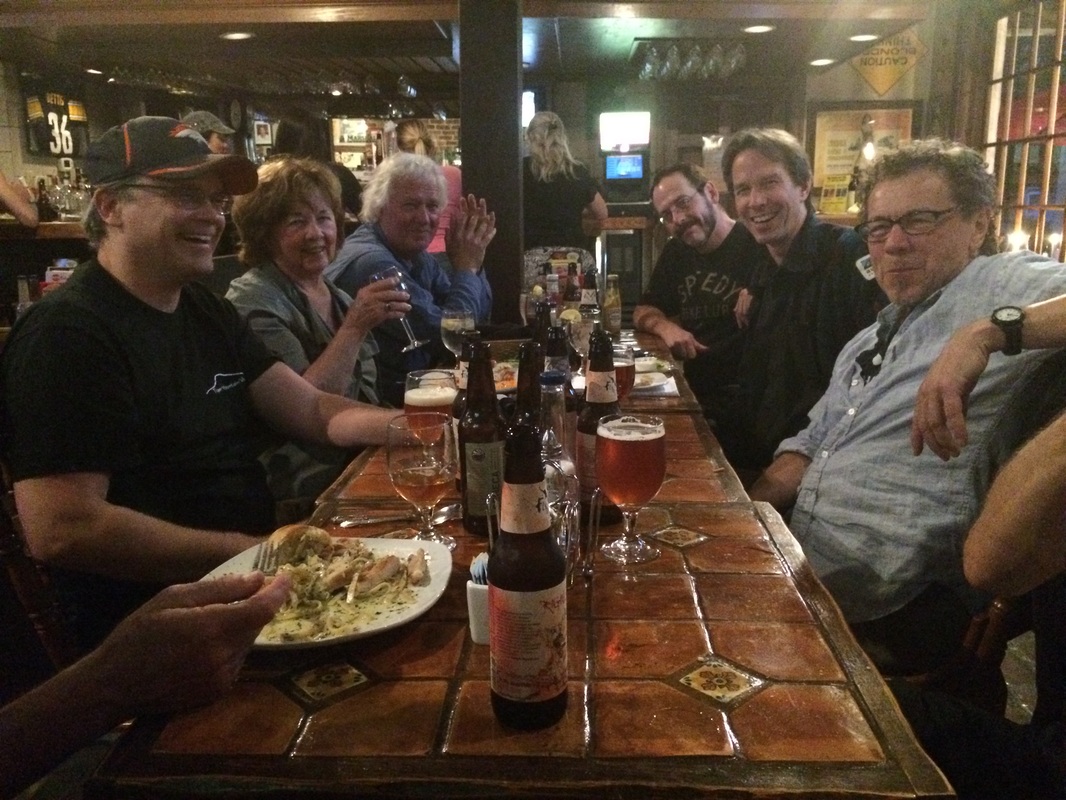
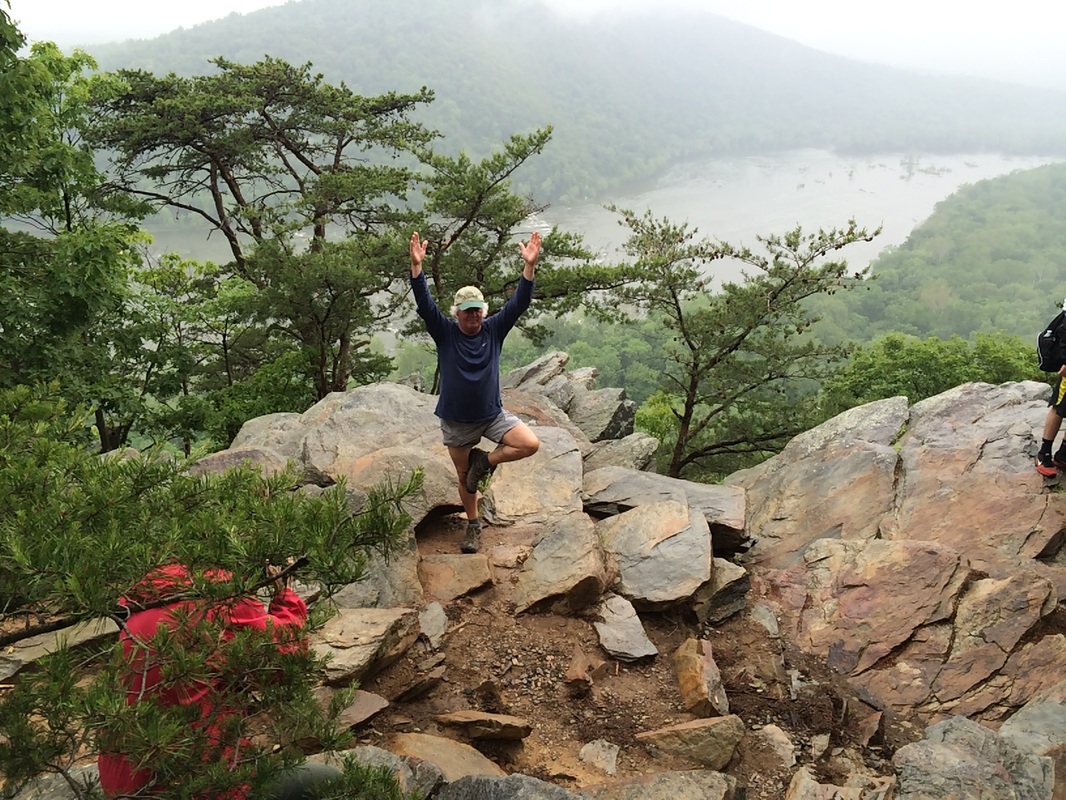
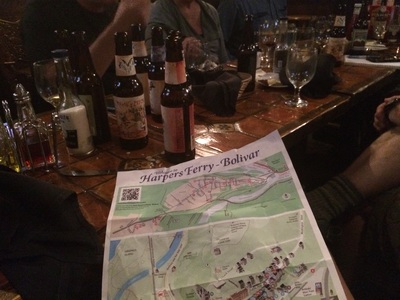
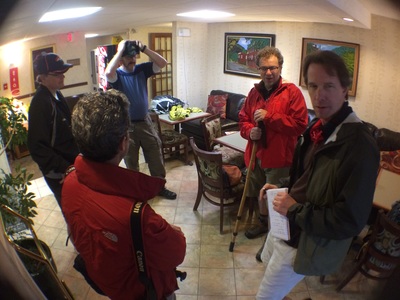
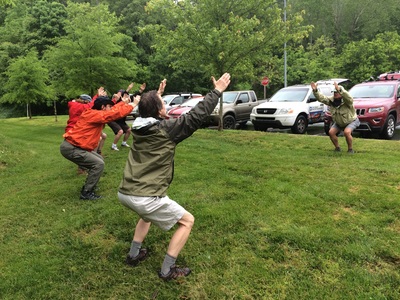
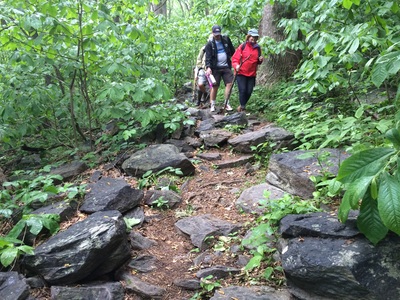
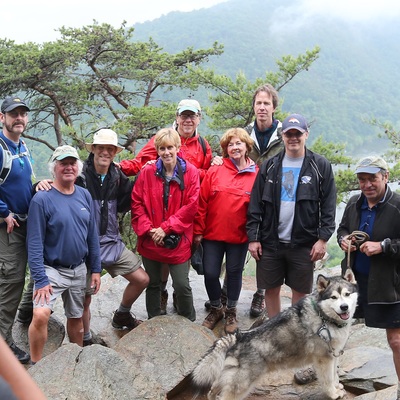
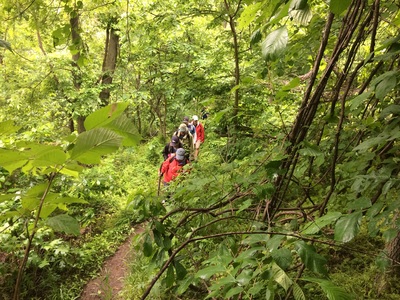
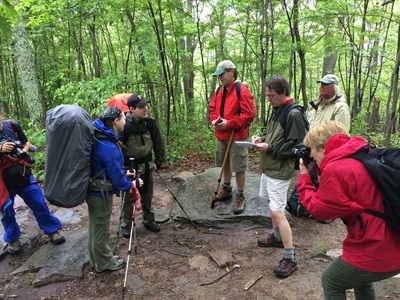
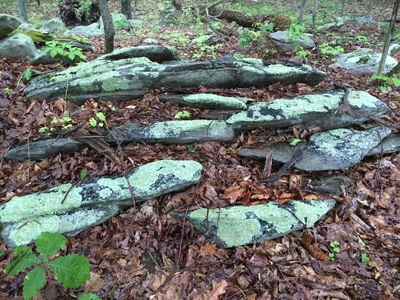
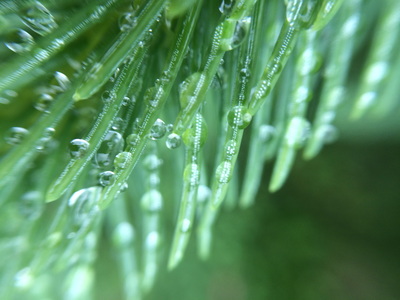
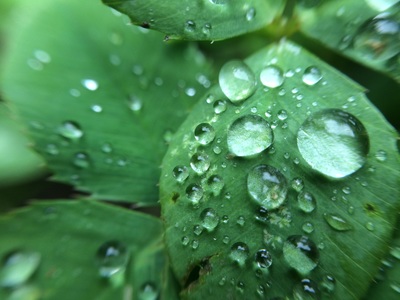
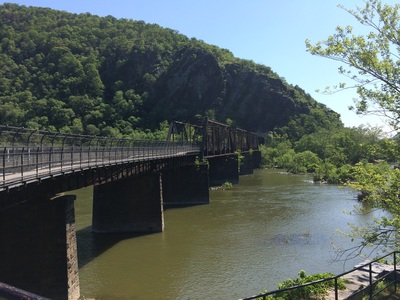
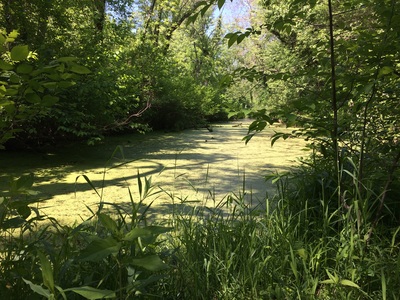
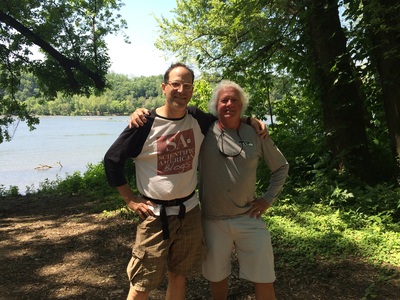
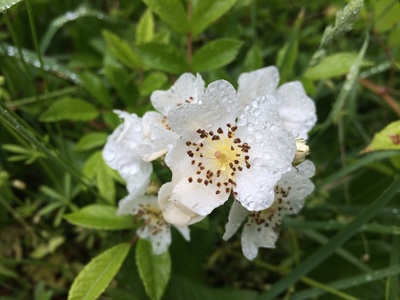
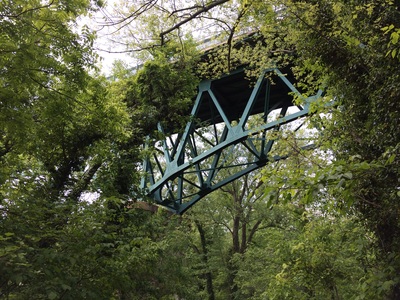
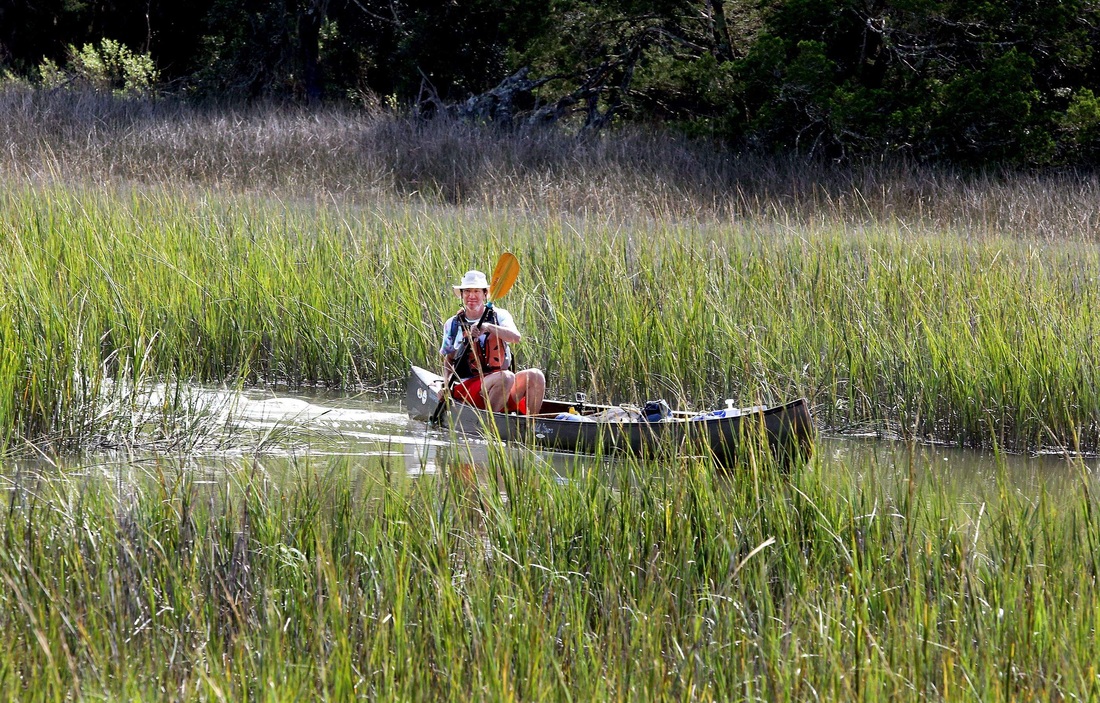
 RSS Feed
RSS Feed